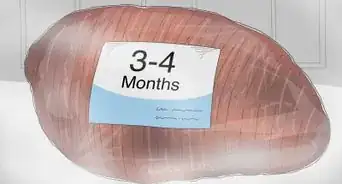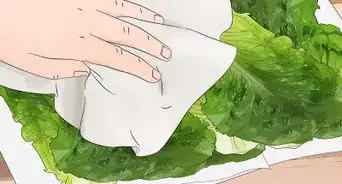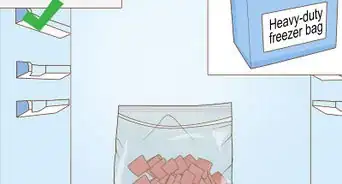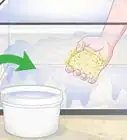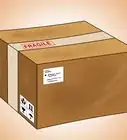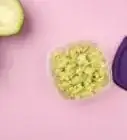wikiHow is a “wiki,” similar to Wikipedia, which means that many of our articles are co-written by multiple authors. To create this article, 9 people, some anonymous, worked to edit and improve it over time.
This article has been viewed 81,399 times.
Learn more...
Composting, the process of allowing organic material to decompose in a controlled setting, is a natural and very beneficial process. Home composting operations, however, do pose some limitations. Some types of food waste, such as meat, fish, and bones, cannot be readily composted. These materials will become rancid, emit foul odors, and attract rodents and other unwanted animals to your compost pile. However, meat and fish remains are still wholly organic, and therefore they will decompose. Learning how to compost fish remains requires taking extra steps and precautions not called for in a regular composting setup.
Steps
-
1Determine if there is a commercial composting operation available in your area. Commercial composting (or "industrial composting") is a large-scale composting operation that usually serves an entire city or an even larger region. This type of setup generally helps to divert more food waste from landfills, as residents are more likely to drop off their scraps for pickup rather than maintain a compost pile of their own.[1]
- If there is a commercial composting service available in your area, you can likely dispose of meat and fish through that service. Because commercial setups are large, carefully controlled, and located away from residential areas, meat and fish are usually allowed into the compost pile. People are less likely to be bothered by odors and pests from these large composting setups.
- Most commercial composting services perform street pickup for a fee, just like a city's sanitation service. If you live in a multi-unit building, you may be able to get other residents' agreement to share the fee or to convince the property owner to provide composting service.
-
2Compost the fish remains using an underground compost setup. Underground composting allows for the composting of fish because the buried remains will not produce an odor or attract pests.[2]
- To compost fish remains underground, dig a hole about 18 inches (45 cm) deep. Fill the hole with 6 inches (15 cm) of scraps, and then cover the scraps with 12 inches (30 cm) of soil.
- Allow the compost to decompose in place for a full year. The compost can then either be dug up and used to condition soil elsewhere, or vegetation can be planted directly over the compost.
Advertisement -
3Add the fish remains to an enclosed composter. If the above options are unavailable to you, you can add the fish to your regular composting setup if you proceed carefully.[3]
- To compost fish remains in an above-ground setting, you should always use a fully enclosed composter, such as a plastic tumbler-style model. Fish remains can be added in moderation to these compost piles, and the enclosure will prevent the intrusion of rodents and insects while helping to mitigate odors.
- Fish scraps should not be added to open above-ground compost piles, even ones with enclosures made from poultry wire or wood slats.
Warnings
- The only health concern raised by the composting of fish remains is the pathogens carried by the flies, mosquitoes, and other insects that may lay eggs in the fish remains. To prevent these insects from appearing, always compost fish in an enclosed setup, and cover the remains with plenty of carbon-rich material.⧼thumbs_response⧽
Things You'll Need
- Fish scraps
- Shovel
- Spade
- Pitchfork
- Enclosed composter
References
- ↑ http://compost-turner.net/composting-technologies/fish-waste-composting-technology-and-composting-machines.html
- ↑ https://www.growveg.com/guides/trench-composting-your-kitchen-waste/
- ↑ https://www.lsuagcenter.com/~/media/system/7/c/5/0/7c506263d72bd3e95c003fb26730f61f/pub2793compostfishwastelowres.pdf

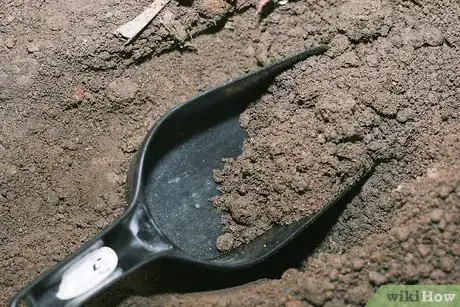
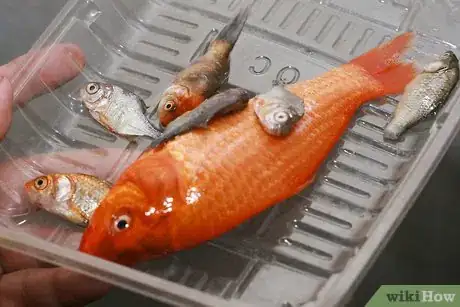

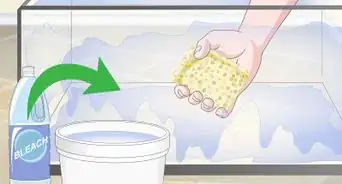
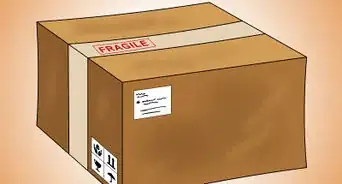

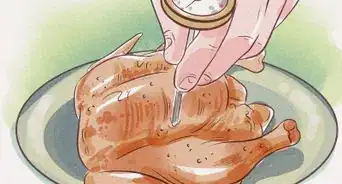
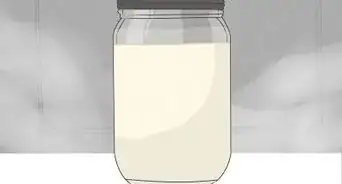
-Step-11.webp)
